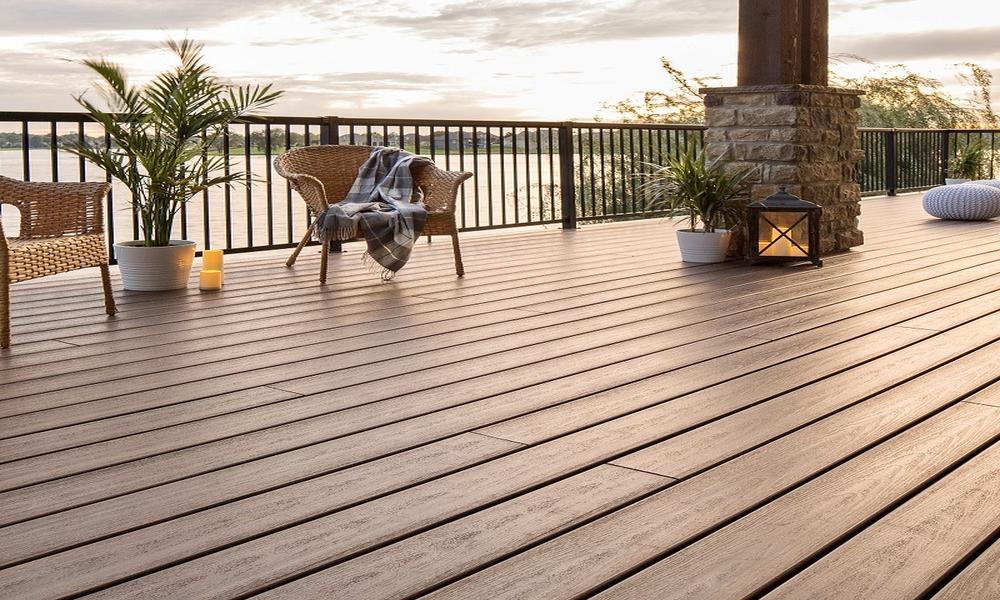WPC (wood-plastic composite) flooring is a popular flooring option that is durable, water-resistant, and easy to maintain. Here are some tips on how to use WPC flooring to achieve your desired results:
Choose the right type of WPC flooring: WPC flooring comes in different styles, colors, and textures, so choose the type that suits your design preferences and functional needs.
Prepare the subfloor: WPC flooring can be installed over a variety of subfloors, but it’s important to make sure that the subfloor is clean, flat, and dry before installation.
Install the flooring: WPC flooring can be installed using a floating, glue-down, or nail-down method. Follow the manufacturer’s instructions for the specific installation method you choose.
Maintain the flooring: WPC flooring is easy to maintain, but it’s important to keep it clean and free of debris. Sweep or vacuum regularly, and clean up spills promptly to prevent stains.
Protect the flooring: WPC flooring is durable, but it’s still important to take steps to protect it from scratches and other damage. Use furniture pads, area rugs, and doormats to protect high-traffic areas.
Warning Signs Of Your WPC FLOORING Demise
Buckling or warping: If your WPC flooring is starting to buckle or warp, it could be a sign of water damage or poor installation. This could also indicate that the subfloor is not level, causing pressure points that lead to buckling.
Stains or discoloration: If you notice stains or discoloration on your WPC flooring, it could be a sign of damage caused by spills or exposure to sunlight. It could also indicate that the protective wear layer is wearing off.
Squeaking or creaking: If your WPC flooring is starting to squeak or creak when you walk on it, it could be a sign that the planks are no longer fitting together properly. This could be caused by changes in temperature or humidity, or by the flooring settling over time.
Loose or shifting planks: If you notice that the planks in your WPC flooring are starting to shift or become loose, it could be a sign of poor installation or damage caused by heavy furniture or foot traffic.
WPC FLOORING: This Is What Professionals Do
Here are some things that professionals typically do when working with WPC flooring:
Prepare the subfloor: Professionals know that proper subfloor preparation is crucial for the longevity of the flooring. They will ensure that the subfloor is clean, level, and free of any debris.
Acclimate the flooring: WPC flooring should be acclimated to the room it will be installed in for at least 48 hours before installation. Professionals will know to follow the manufacturer’s instructions for acclimation.
Use the right tools: Installing WPC flooring requires specific tools such as a rubber mallet, tapping block, and spacers. Professionals will have access to these tools and know how to use them correctly.
Install the flooring correctly: Professionals will follow the manufacturer’s instructions for installation, which usually involves locking the planks together using a tongue-and-groove system. They will also ensure that the planks are staggered properly and that there are no gaps between them.
Finish the installation: Once the flooring is installed, professionals will remove any excess adhesive or debris and install transition strips or moldings as needed.

